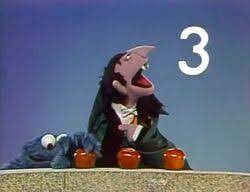A Tale of Three Standards
September 13, 2021 In reviewing a claim of improper joinder, a court may “conduct a Rule 12(b)(6)-type analysis” to determine if the claim against the in-state defendant “is plausible on its face.”
In reviewing a claim of improper joinder, a court may “conduct a Rule 12(b)(6)-type analysis” to determine if the claim against the in-state defendant “is plausible on its face.”- Alternatively, if “discrete and undisputed facts . . . would preclude plaintiff’s recovery against the in-state defendant,” then “the district court may, in its discretion, pierce the pleadings and conduct a summary inquiry.”
- But, “unlike summary judgment, which can be granted when there is ‘lack of substantive evidence’ to support a plaintiff’s claim, improper joinder requires the defendant to ‘put forward evidence that would negate a possibility of liability on the part of ‘ the in-state defendant.
Accordingly, the Fifth Circuit reversed a finding of improper joinder in Hicks v. Martinrea Automotive Structures (USA), Inc., No. 20-60926 (Sept. 7, 2021), noting that the defendant’s argument about the tortious-interference element of malice “rel[ies] on evidence developed during merits discovery, which is far afield from Rule 12(b)(6) [and] the evidence they cite relates to the crucial question of Clark’s motive in terminating Hicks.” No. 20-60926 (Sept. 7, 2021).